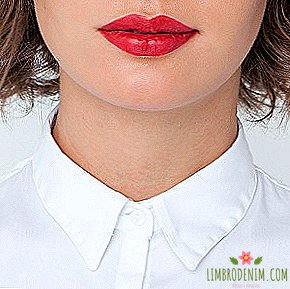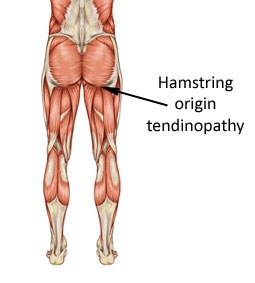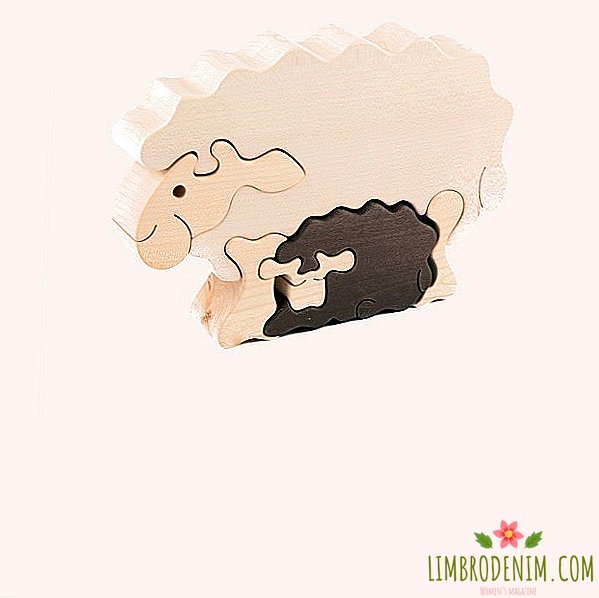Print the story: How to wear a Vichy cell
We tell about the trends from the podiumthat can be adapted for your wardrobe in the next six months. This season was not without a Vichy cage. Previously, it was associated only with household utensils, blankets for picnics or cafes somewhere in Italy or France - they were once decorated with a red and white pattern. At the beginning of the last century, Vishy took a confident position in the wardrobe of Hollywood actresses and on film sets. Now designers often use it in their spring-summer collections, beating up American images. Such a cell can be of different sizes, but the main rule is playing on contrasts. We describe why Vichy has not become obsolete for the past four hundred years and with what to wear it.

How it all began
In fact, Vichy is one of the names of the pattern in a contrasting cell. He was born in the eponymous region of France, although the French are hardly relevant to its development. As, actually, and other countries of Europe and the USA, which attribute the invention of this pattern to themselves.
About four hundred years ago in Asian countries that were colonized by Holland and Great Britain - Malaysia, Indonesia and India - they developed light fabric like calico or flax, the so-called gingham - gingham. Natural fibers were colored even before the material itself was woven, which made it not difficult to create a contrasting pattern. Simple design, durability and cheapness did not go unnoticed by foreign merchants, therefore in the XVII century the fabric was exported to Europe and the USA. A hundred years later, half the world had produced this material.
People then could not decorate their homes as often and varied as they wanted. Therefore, high-quality, cheap and bright fabric quickly won national love: it was used for towels, napkins, aprons, blankets, curtains and bedspreads. In Paris, for example, a contrasting cell met in the interiors of a cafe and bistro with homemade food. The material turned out to be so practical that in the 19th century they began to produce clothes for the whole family, and in the USA it became an integral part of the image of cowboys.


In the 20th century, checkered fabric was especially popular in difficult war times - it was dictated not only by its cheapness, but also by the fact that it symbolized the home lifestyle. The girls were asked to return to the safe comfort that they had to recreate for their family. Therefore, often in the cinema of the 40s and 50s, the heroines flash in checkered outfits, embodying the image of a neighbor girl or hostess. The icon of the time was the American actress Doris Day - in many of her films she appeared in checkered shirts and dresses.
To some extent, rebellious and elegant images showed once Marilyn Monroe: the actress tied the ends of a men's shirt or wore black turtlenecks in a pair to checkered pants. Brigitte Bardot put on a simple Vichy plaid dress for her own wedding in Paris in 1959. This event attracted the attention of world media, so it is believed that because of it the contrast cell became truly fashionable.
The checkered fabric did not disappear from everyday life, but it did not survive serious experiments. Only in 1997, the fashion house Comme des Garçons allowed a new look at the old-fashioned pattern. Mark presented dresses and costumes of "irregular" forms, made entirely in a contrasting cell. Now the pattern should not be associated only with simplicity or deliberate elegance.


How back in fashion
Vichy cage never for a long time does not fall out of sight of designers. It can zip only one thing in a collection dedicated to the 60th, or it can become a real nail of the whole season, usually spring-summer. So, back in 1999, Marni showed a collection that beats up country style, where one shirt was presented in a Vichy cage. In 2011, Domenico Dolce and Stefano Gabbana used a contrasting cage for their youth line in a variety of things - from kerchiefs to overalls and shoes.
In this spring-summer season, Vichy was again on the wave of popularity. And if earlier this pattern was associated with youth or simplicity, now designers look at it differently. A small cage on narrow trousers or a coat with red lace could be found at Altuzarra. Large and acid-bright - at House of Holland. Classic images with a black and white cage showed Carolina Herrera, Michael Kors and Dolce & Gabbana, but the latter combined it with accessories made of gold, stones and python. Mansur Gavriel also uses a large pattern in their collections, placing it on their famous bags.


What to wear
Melania Trump is not the most obvious role model, but she is an example of how you can wear a Vichy cage today: in coats and shoes with the same print. Her image repeats outfits from the collection of Michael Kors, who were not afraid to combine several things with a single contrast print. Rahul Mishra did the same: they combined a skirt and shirt in a cage of different sizes, diluting the image with a bright T-shirt over all things. However, for a small pattern, the “the more the better” rule is more likely to hurt, so combining things with Vichy is neat.
A costume with a contrasting cage, as shown, for example, in the autumn-winter collection of Nina Ricci, will look spectacular. This should be diluted with calmer things: plain blouses and strict boots. The best option is a dress. Regardless of the shape, any footwear will do, since the pattern itself is universal, for example high-heeled shoes, like Au Jour Le Jour, or sandals, like Pringle of Scotland. Interestingly Vichy cage will look and in combination with other prints. So, Simone Rocha showed a dress in a black and red cage, complemented by white flowers, completing the image with rubber boots and golf shoes with a "python" pattern.
Photo: Metro Goldwyn Mayer, Bluegrass Films, Han Productions, Diane Von Furstenberg, Zara





